
2022-06-14 11:30:00
U.S. ENERGY PRICES GO HIGHER
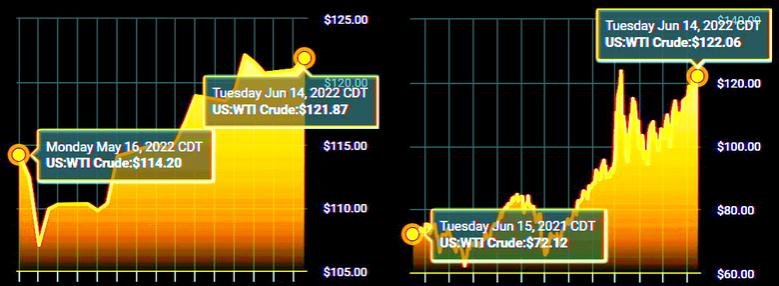
By ED REID Vice President, Marketing (Retired) / Executive Director (Retired) / President (Retired) Columbia Gas Distribution Companies / American Gas Cooling Center / Fire to Ice, Inc.
ENERGYCENTRAL - Jun 7, 2022 - The Biden Administration has announced several goals to be achieved regarding climate change, culminating in Net Zero GHG emissions by 2050 in the US. However, the Administration has not publicly introduced plans to achieve these goals, though the elements of such plans must be in existence.
Earlier:
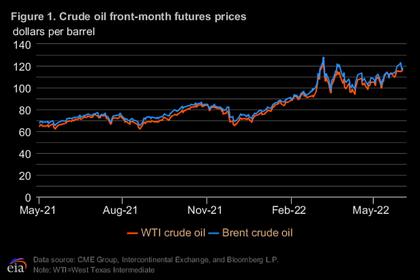
2022, June, 10, 14:40:00
OIL PRICES 2022-23: $108 - $97
The Brent price will average $108/b in the second half of 2022 (2H22) and then fall to $97/b in 2023.
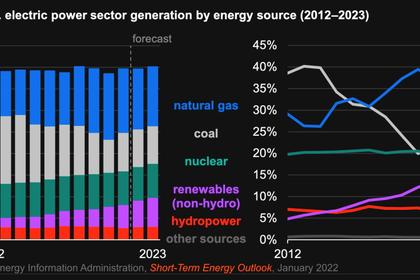
2022, June, 7, 10:55:00
U.S. RENEWABLES RISES
In March alone, wind (1,418-MW) and solar (240-MW) accounted for 100% of the new capacity brought on-line for the month.
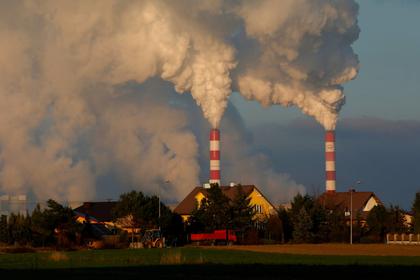
2022, May, 20, 11:45:00
U.S. CO2 CAPTURE $3.5 BLN
The U.S. Department of Energy (DOE) today released a Notice of Intent (NOI) to fund the Bipartisan Infrastructure Law’s $3.5 billion program to capture and store carbon dioxide (CO2) pollution directly from the air.
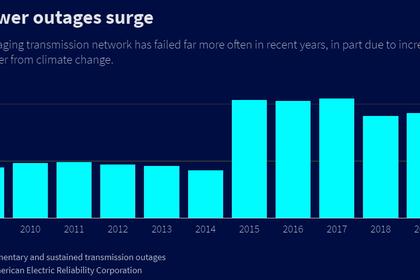
2022, May, 17, 13:30:00
U.S. GRID MODERNISATION $2 TLN
All this progress, however, could be derailed without a massive overhaul of America’s antiquated electric infrastructure – a task some industry experts say requires more than $2 trillion.
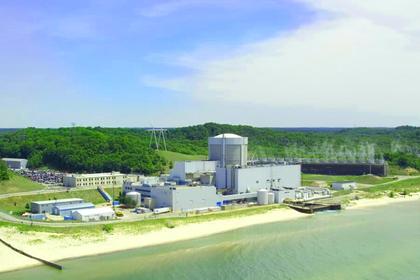
2022, May, 11, 10:40:00
U.S. NUCLEAR BAILOUT $6 BLN
In mid-April, the bidding process for a new $6 billion pot of nuclear bailout money opened up.
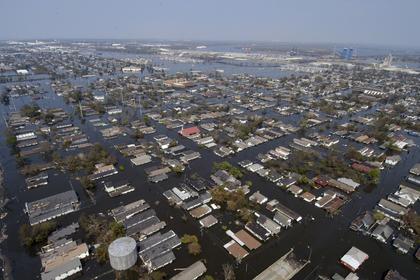
2022, May, 6, 10:45:00
U.S. CLIMATE INVESTMENT $2.3 BLN
The U.S. Department of Energy (DOE) today announced more than $2.3 billion for three efforts to advance diverse carbon management approaches that reduce carbon dioxide (CO2) pollution, address the impacts of climate change, and create good-paying jobs while prioritizing community engagement and environmental justice.

2022, May, 4, 11:55:00
U.S. ENERGY INFRASTRUCTURE INVESTMENTS $3 BLN
The U.S. Department of Energy (DOE) announced $3.1 billion in funding from President Biden’s Bipartisan Infrastructure Law to make more batteries and components in America, bolster domestic supply chains, create good-paying jobs, and help lower costs for families.












